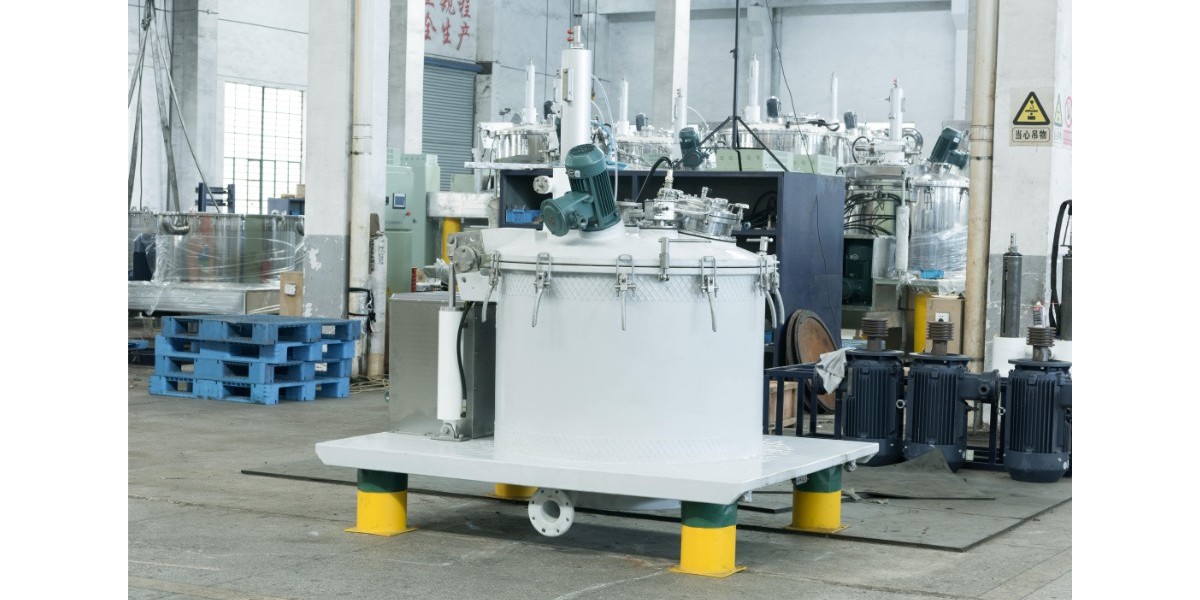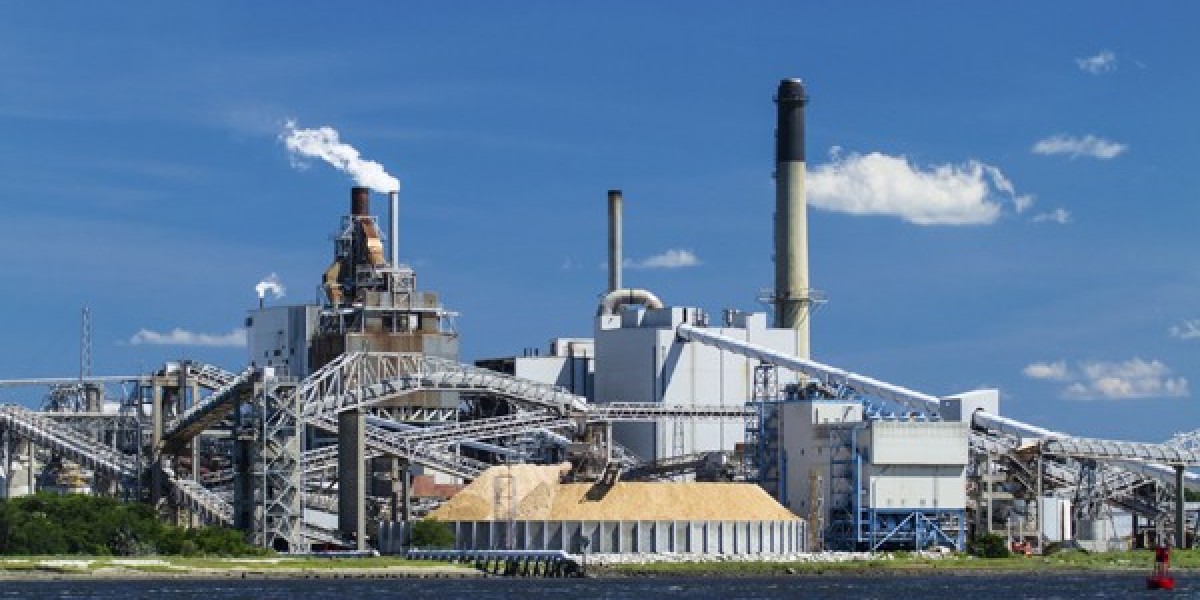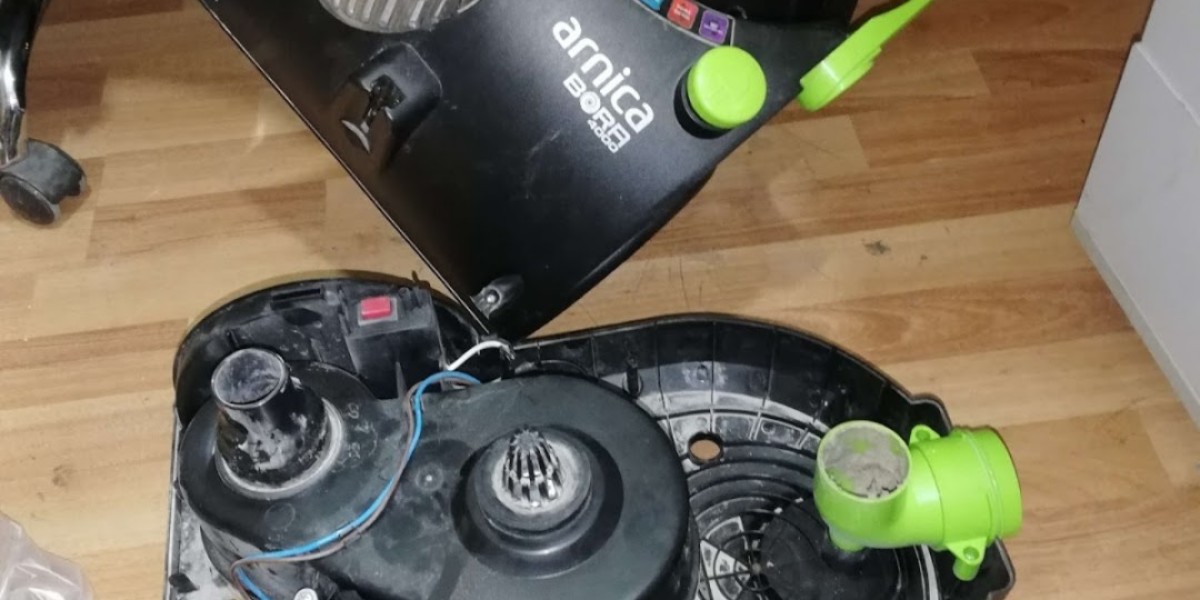Match High Efficiency Centrifuge Speed to Material Characteristics
One common misstep with high Efficiency Centrifuges is assuming maximum speed is best for all conditions. This is like driving a racecar at full speed on every type of road. Speed is of no use if it does not match the material. It is important to remember that if you are dealing with large, heavy, and coarse particles like sand in industrial wastewater, you would need a slower speed. If the speed is too high, the solids will discharge in the centrifuge bowl in a packed mass which is hard to discharge, hard on the bowl, and slows the whole process down. Low speed is not an option if you are trying to separate small, light particles like protein molecules in biotech. You will need a high speed to generate enough centrifugal force to separate those small particles from the mix. Most high Efficiency Centrifuges, including Huada centrifuges, come with adjustable speed dials for this reason. Spend 30 minutes on material separation at different pre-determined speeds. Document the time it took for separation and energy used. Note the ease of clean up. You will find a speed that is fast enough for the centrifuge to work but will provide a 12-18% energy saving, and a 25% decrease on bowl wear. This is not guessing. This is using the machine to your advantage.
Pretreat Feed Material for High Efficiency Centrifuge
A high efficiency centrifuge can’t perform miracles. It can only work with what you give it. The efficiency centriuge process can drop dramatically if the load consists of clay balls, unsampled, un-seperated bundles of all sorts of debris, etc. Pretreatments can fix this! It’s easier than you think. When working with solid-liquid mixtures, you can use a coarse screen (1mm or smaller) to remove the largest chunks, prior to hitting the centrifuge. These chunks drastically slow liquid separation. They can also damage the centrifuge bowl or plug the discharge, leading to downtime. If the material is thick such as honey or viscous liquid chemicals the machine will work harder. Warm the material a little, (make sure to stay within material safe temperature), to help the centriuge work easier, Warmth will help separation. This will reduce processing times by 20-30%. For chemical feeds it is also important to analyze the pH. Very high or very low pH caustics bytes will corrode the inside of the centrifuge and drastically reduce separation efficiency. A plant in the dairy industry I used to work with pre-filtered their milk prior to centrifuging and ton downtime dropped by 35%, and increase 10% of usable cream with each batch.
Pretreatment is smart work, not extra work.
Daily Maintenance for High Efficiency Centrifuge
Daily maintenance for high efficiency centrifuges is like flossing your teeth: quick daily efforts avoid large painful issues later on. You don’t need a complete maintenance check—just 5 to 10 minutes at the start of the shift to keep it performing at its best. After use, wipe the bowl to remove material that was left behind. Even a shallow layer of leave behind material can throw the centrifuge off balance, causing vibrations that can really hurt the bearings. Next, check the markings on the lubrication sight glass: if the oil is cloudy or low, fill it. Bearings run dry over tripled the time and replacing them is a time and money sink. Next, on to the seals: cracked or worn seals can let air and contaminants in. That can ruin the touch of separation and overwork the centrifuge. 2 minutes for a quick check and saving a leak is worth about $1,500. Lastly, check all the safety features: the emergency stop, overload protector, and balance sensor. These safety feature don’t only protect your people; they protect the centrifuge from running when it is dangerously out of balance, which is a huge efficiency sink. In my experience, high efficiency centrifuges that receive daily maintenance tend to last 4 to 6 years longer than those that receive “occasional” maintenance.
In this case, consistency beats perfection - taking small checks daily leads to significant savings over a long period of time.
Control Operating Environment for High Efficiency Centrifuge
Your high efficiency centrifuge is like a living thing: if it's hot, dusty, or damp, it won't thrive. Many operators ignore this, but it is one of the easiest ways to get a centrifuge to become fully functional. For starters, the temperature: most high efficiency centrifuges work better in the range of 15 degrees Celsius to 30 degrees Celsius. If the room hits 35 degrees Celsius and higher, the motor will start overheating and eventually slow its working down, continue to consume more energy and get burnt out more quickly. If it’s below 5 degrees Celsius, the lubricant will thicken more and it will make the parts move more stiffly. Just a small fan or space heater (set to the right range) will help reduce this strain by 20%. Now for the dust: dusty air will clog the centrifuge’s vents, and this will trap heat and make the device overheat. For a cost effective solution, install a cheap air filter near the machine and wipe down the exterior weekly to keep vents clear and prevent overheating. Lastly, space: you should always leave a minimum of 1 meter of empty space around the centrifuge. This will help air circulation, maintenance of the device and prevent other equipment from bumping into it.
In less than a month, the facility I consulted for optimized their surroundings and recorded a 14% drop in energy consumption for their high-efficiency centrifuge while also increasing the time between cleaning cycles by 3 times. Your centrifuge doesn’t need a “luxury home”—just a comfortable, consistent one.
Training Strategy to Enhance High Efficiency Centrifuge Performance
Without proper training, even the most advanced high efficiency centrifuge will encounter problems. Consider the analogy of handing an expensive camera to someone who has never advanced beyond taking selfies; they will not be able to exploit the camera’s full potential. Operators are not merely “button-pushers”; they are the machine’s “caretakers.” There is little to gain from a training program that simply teaches machine specs, while a program that teaches operators to “read” the machine will have a profound impact. A good starting point involves understanding how to align speed with the material, how to identify potential problems (unusual noise, vibration, or slow separation), and how to quickly resolve small problems (such as a clog). Teach them not to overload the centrifuge, as it will break the balance and burn out the motor. Show them the consequences of skipping pretreatment or ignoring maintenance. Hands-on training is most effective. Even 4-hour training blocks improve outcomes. Last year, a wastewater plant trained their staff and as a result, the separation efficiency of their high efficiency centrifuge improved and their repair costs decreased. Operators who understand the machine will optimize it beyond “use”.
Managing Load Capacity for High Efficiency Centrifuges
Overloading a high efficiency centrifuge is like putting 500 pounds in a 200 pound backpack. It strains the machine, slows it, and causes breakdowns. Some operators make the mistake of thinking more material means more output. An overloaded centrifuge cannot separate properly, resulting in reprocessing or getting low quality results. Following the rated load capacity is and the simplest solution. Each high efficiency centrifuge, including Huada’s, has a maximum load. This is not a ‘suggestion.’ It is based on the work done in the centrifuge’s motor, bowl, and bearings. If you are not sure, load 80% of rated capacity to give the centrifuge head room to work so that first time clean separation is achieved. For instance, a centrifuge rated at 100 liters per hour means you should feed 80 liters, and you will get consistent results. This will also save you the trouble of fixing jams or reprocessing. Another excellent practice is to feed material evenly, not in bursts. Material bursts cause sudden balance shifts that make motors work harder. These and more shift the balance. A steady and consistent feed is optimal.
After implementing an 80% load and steady feeding, a chemical plant saw impressive results. Their rework rate fell from 15% to 2%. Additionally, the centrifuge operated 2 hours longer per shift without issues. Effective load management isn’t about “using less”—it’s about using just enough to get the job done right the first time.







